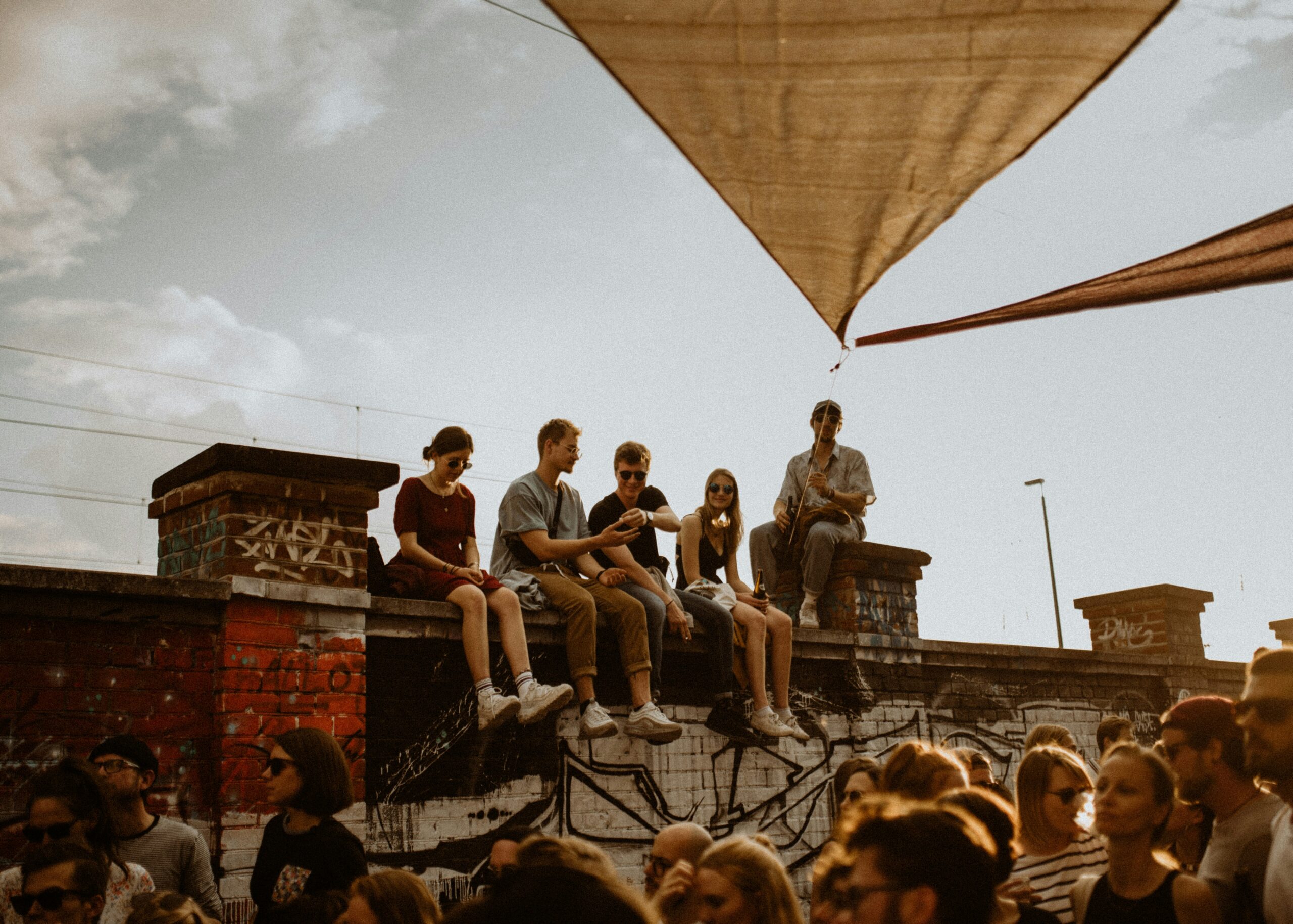About Germany
Germany is known for its rich history, diverse cultural heritage, and excellent infrastructure. Berlin, the capital city of Germany, is a cosmopolitan metropolis full of life and dynamism. Situated on the banks of the River Spree, Berlin is the center of political, cultural, and economic activity.
Germany is renowned for its picturesque landscapes, from the sandy beaches of the North Sea and the Baltic Sea to the mountainous regions of Bavaria and Swabia. Geographically located in Central Europe, Germany boasts diverse topography and varying climatic conditions.
- Name: Federal Republic of Germany
- Capital City: Berlin
- Currency: Euro (EUR)
- Time Zone: UTC +1 (Central European Time)
As the capital city of Germany, Berlin is a cultural hub, with numerous museums, galleries, theaters, and historical landmarks. The city offers a wide range of cultural events and festivals throughout the year, attracting visitors from around the world.
Germany is known for its significant industry, technological innovations, and high-quality products. It has a strong economy comprising diverse sectors, including the automotive industry, engineering, chemical manufacturing, and services.
Visa Information
-
- The citizens of the Schengen member states can travel visa-free throughout the territory
The short-stay Schengen visa allows its holders to enter and reside in Germany for a maximum period of 90 days (3 months) within a 180-day period. However, you are not entitled to engage in a paid activity during this time.
- The citizens of the Schengen member states can travel visa-free throughout the territory
-
- How to Obtain a German Tourist/Visitor Visa?
-
-
- Collect the required documents. See the list below!
- Figure out where you need to apply. For example, this could be the German embassy/consulate/visa centre in your home country.
- Appoint an interview. You may appoint it online or in person at the German consulate/embassy.
- Pay the visa fee.
- Attend the interview. The interview may last around 20 minutes, during which the visa consular will ask you questions about your trip and require your documents.
- Wait for a response on your application.
-
-
- Where to Apply for a Germany Tourist/Visitor Visa?
If Germany is your only Schengen destination, depending on how the German authorities have regulated visa applications in your country, you may have to apply at:-
- The German embassy
- The German consulate
- Visa centre
-
- When to apply?
The minimum processing time for a visa is typically between 3 to 6 weeks, depending on the country from which you are applying.
- Where to Apply for a Germany Tourist/Visitor Visa?
-
- Visa Fees for a Tourist/Visitor Visa
You will need to pay a visa fee for your application to be processed. As of 2024, the cost of a Schengen visa is €80. However, some categories are exempt from paying the visa fee or have to pay a reduced fee. Make sure you check if you belong to any of them before you pay the fee.
- Visa Fees for a Tourist/Visitor Visa

Ease of Access
Getting to Berlin is relatively easy, as it is a major transportation hub in Europe. Here are some common ways to get to Berlin:
-
- By Air: Berlin is served by two major airports: Berlin Tegel Airport (TXL) and Berlin Schönefeld Airport (SXF). These airports handle both domestic and international flights. Many major airlines operate flights to Berlin from cities around the world. Once you arrive at either airport, you can easily reach the city center by public transportation, taxi, or rental car.
- By Train: Berlin is well-connected to other European cities by train. The city has several train stations, with Berlin Hauptbahnhof (Berlin Central Station) being the largest and busiest. Deutsche Bahn operates high-speed train services, such as ICE (InterCityExpress) and IC (InterCity), connecting Berlin with cities like Munich, Hamburg, Frankfurt, and beyond. International trains also run to Berlin from neighboring countries, including Poland, the Czech Republic, and the Netherlands.
- By Bus: Many long-distance bus companies operate services to Berlin from various European cities. Berlin has several bus terminals, with Berlin Central Bus Station (ZOB) being one of the main hubs for intercity and international bus services. FlixBus, Eurolines, and BlaBlaBus are some of the popular bus operators serving Berlin.
- By Car: Berlin is accessible by car via a well-developed network of highways (Autobahns) and major roads. If you’re traveling from within Germany or neighboring countries, driving to Berlin can be a convenient option. However, keep in mind that traffic conditions and parking in the city center can be challenging, so it’s advisable to plan your route in advance and consider using public transportation within the city.
Please find more information about public transportation here.
We recommend checking the Visit Berlin site for more travel information.
Get the guaranteed lowest price!
Make the most of your travel time by using it for work, relaxation or enjoying the on-board services of Deutsche Bahn. You can also rest assured that your long-distance travel is completely powered by electricity generated by renewable resources.
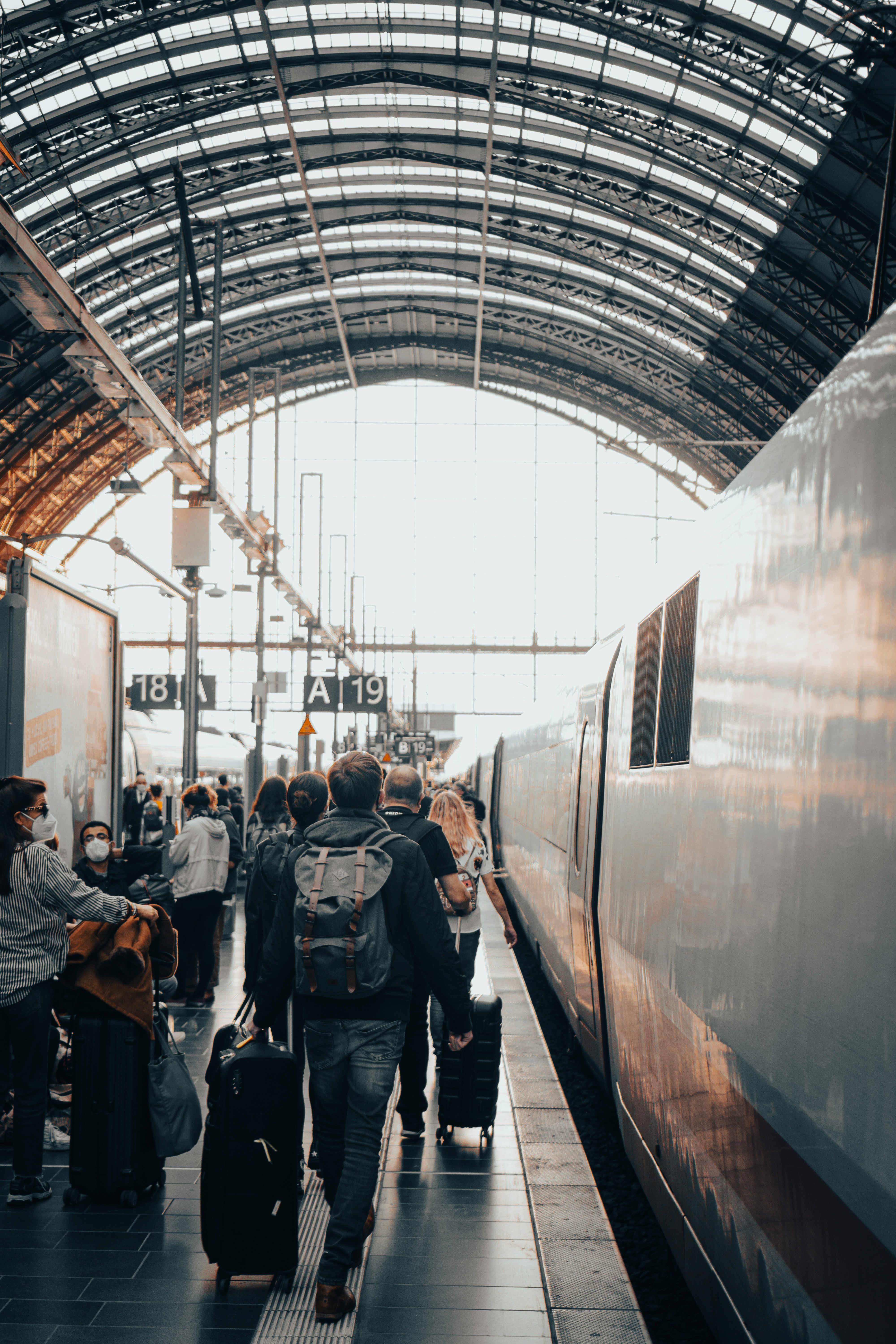

Nearby Hotels
4 STAR HOTELS IN THE AREA:
- TITANIC Chaussee Berlin
Chausseestraße 30, Mitte, 10115 Berlin, Deutschland – Tolle Lage – Karte anzeigen – In U-Bahn-Nähe
Website: www.titanic.com - INNSiDE by Meliá Berlin Mitte
33, Mitte, 10115 Berlin, Deutschland – Tolle Lage – Karte anzeigen – In U-Bahn-Nähe
Website: www.melia.com - Garden Boutique Hotel
122, Mitte, 10115 Berlin, Deutschland –Ausgezeichnete Lage – Karte anzeigen – In U-Bahn-Nähe - Garden Living – Boutique Hotel
Invalidenstraße 101, Mitte, 10115 Berlin, Deutschland –Ausgezeichnete Lage – Karte anzeigen – In U-Bahn-Nähe
Website: https://www.honigmond.de/en/honigmond-garden-boutique-hotel-berlin - Downtown Apartments Mitte
Invalidenstrasse 129, Mitte, 10115 Berlin, Deutschland –Ausgezeichnete Lage – Karte anzeigen – In U-Bahn-Nähe
Website: downtownapartments.de/en - Adina Apartment Hotel Berlin Mitte
Platz vor dem Neuen Tor 6, Mitte, 10115 Berlin, Deutschland –Ausgezeichnete Lage – Karte anzeigen – In U-Bahn-Nähe
Website: https://www.adinahotels.com/en/apartments/berlin-mitte/ - Honigmond Boutique Hotel
Tieckstraße 11, Mitte, 10115 Berlin, Deutschland – Ausgezeichnete Lage – Karte anzeigen– In U-Bahn-Nähe
Website: https://www.honigmond.de/en/ - ADELANTE Boutique Hotel
1, Mitte, 10115 Berlin, Deutschland – Ausgezeichnete Lage – Karte anzeigen – In U-Bahn-Nähe
Website: https://www.adelanteboutiquehotel.de/
Airport Transfers
PUBLIC TRANSPORT:
- 15-20min
- FEX, S-Bahn, Regional & Intercity trains: Airport Express (FEX) and regional trains run several times an hour between Berlin Central Station and station “Flughafen BER” (BER Airport). The S9 and S45 commuter trains (S-Bahn) run every 20 minutes to Berlin city centre.
- Express BUS: The express buses X7 and X71 travel frequently between underground station Rudow (terminus U7) and BER Airport. The journey takes approx. 14 minutes. Furthermore, the express bus BER2 (Potsdam Central Station – BER Airport) runs several times a day. Further lines supplement the public transport offer.
TAXI:
- Passengers arriving at Terminals 1 and 2 use the north and south taxi ranks in front of T1 on Level E0. Departing passengers alight from the taxi on Level E1 and can immediately check in there. Terminal 2 does not have its own right of way. Travellers follow the signposted footpath between the terminals.
- Price: There is no set fee for the taxi ride from Brandenburg Berlin Airport to the Berlin city center. The starting tariff is 3.90€ (3.90$), the charge per km (for km 1-7) is 2.30€ (2.30$), and from the 8th and on, it reduces to 1.65€/km (1.65$/km). Hence, you can expect to pay approximately 49€ (49$) for the 27km transfer to Berlin downtown.
- Duration: The total journey usually lasts about 45 minutes, depending on the traffic conditions. Keep in mind that there are no extra surcharges for night rides.
- Payments: Payments can be made by credit cards or cash. Taxi drivers are obligated to accept at least 3 of the most commonly used credit cards.
- Book a TAXI:
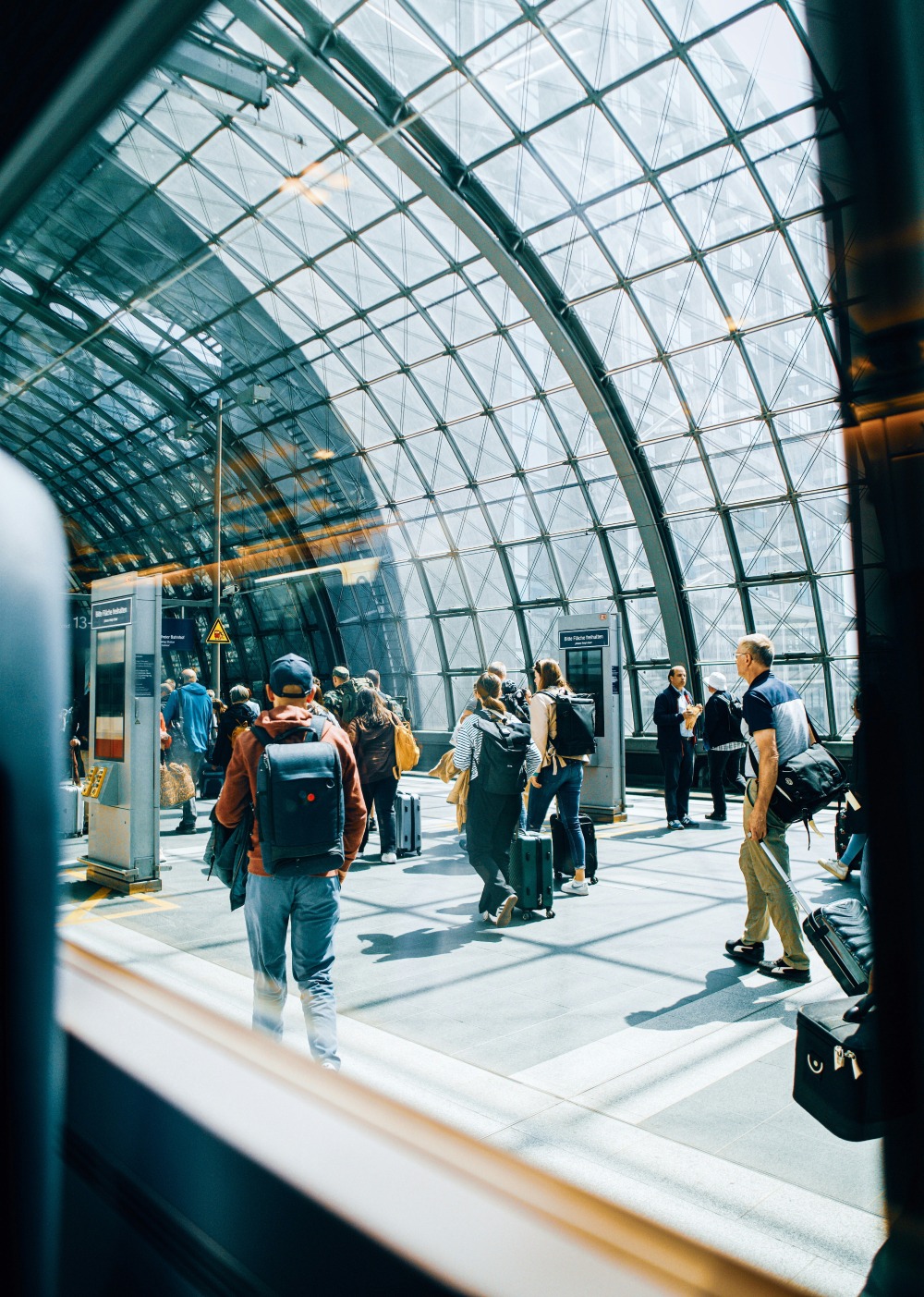
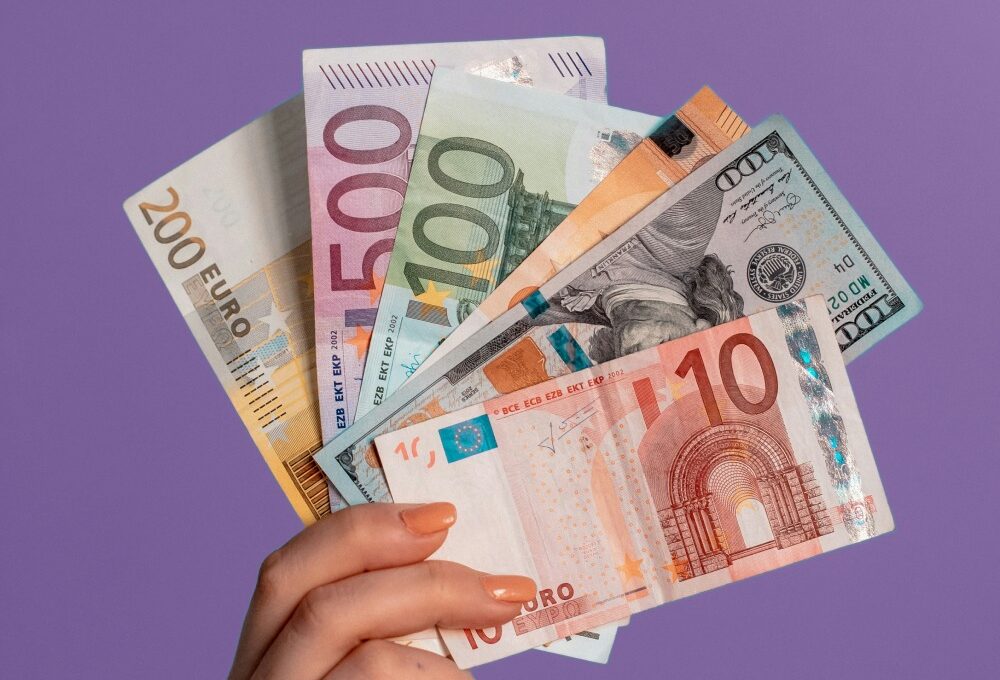
Currency
in the respective countries and guidance on currency exchange procedures, including information on card usage
- Currency: EURO
Official currency in Germany and Berlin is the Euro. One Euro is divided into 100 Euro cents. The Euro is available in 1 and 2 Euro coins as well as 1, 2, 5, 10, 20 and 50 Cent coins. Banknotes are issued in 5, 10, 20, 50, 100 and 200 Euro denominations. - Currency exchange procedures:
Most banks and financial institutions offer currency exchange. Some foreign currencies need to be ordered in advance.
Usually, exchange offices and banks provide up to 100 different currencies and money exchange is possible without reservation. - Card usage:
Maestro Debit Cards are accepted at most shops and restaurants. Credit cards like VISA, Master Card and others are widely accepted, but American Express Cards are often refused. Money can be withdrawn at ATMs all over Berlin using debit and credit cards.
Your Title Goes Here
Your content goes here. Edit or remove this text inline or in the module Content settings. You can also style every aspect of this content in the module Design settings and even apply custom CSS to this text in the module Advanced settings.
Addresses of central places for currency exchange:
- Bahnhof Friedrichstraße
Friedrichstraße 141-142
10117 Berlin
+49 (30) 20 45 50 96
Mon-Sun: 08:00 – 20:00 - Hauptbahnhof Berlin
Europaplatz 1
10557 Berlin
+49 (30) 20 45 37 61
Mon-Sun: 08:00 – 22:00 - Ostbahnhof
Am Ostbahnhof 5
10243 Berlin
+49 (30) 2 96 43 93
Mon-Fri: 08:00 – 21:00
Sat, Sun: 08:00 – 20:00
Weather conditions
during the month of our event (November)
-
- The average temperature in Berlin during November ranges from around 3°C (37°F) to 9°C (48°F). It’s important to note that these are just averages and temperatures can fluctuate throughout the month. However, you can generally expect cool and crisp weather with a combination of sunny and overcast days.
- November tends to be a relatively wet month in Berlin. Rainfall is common, so make sure to pack an umbrella or rain jacket. On average, the city experiences about 44mm of rainfall spread across 13 days during November.
- When it comes to sunshine, Berlin usually has around 2-3 hours of sunshine per day in November. The days are becoming shorter, but you’ll still have enough daylight to explore and enjoy the city.
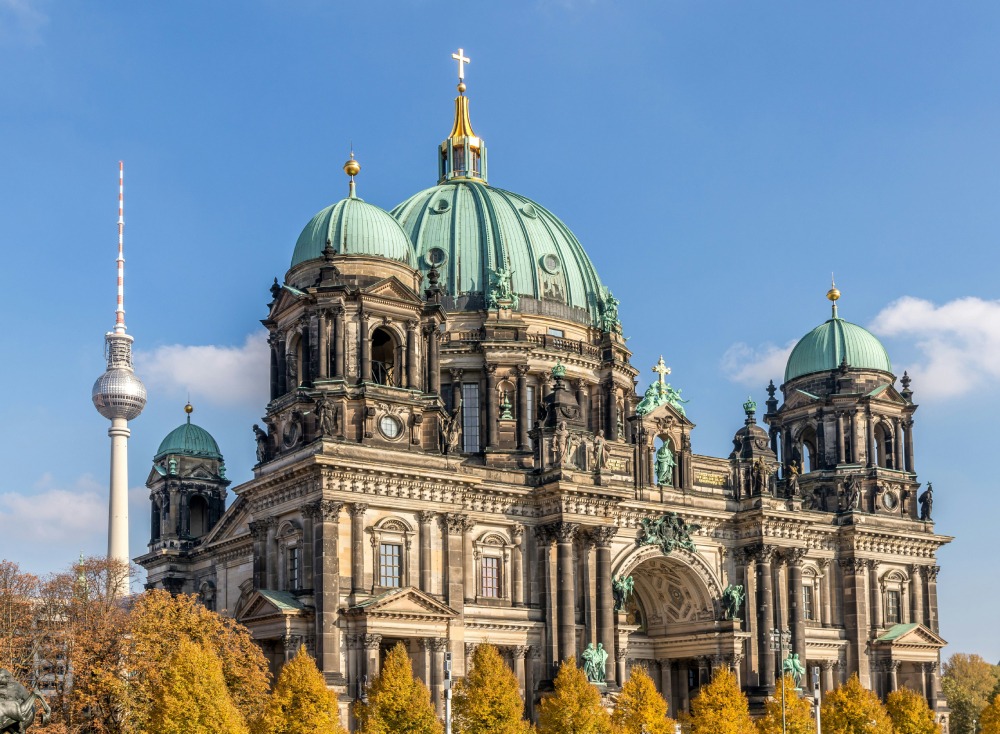
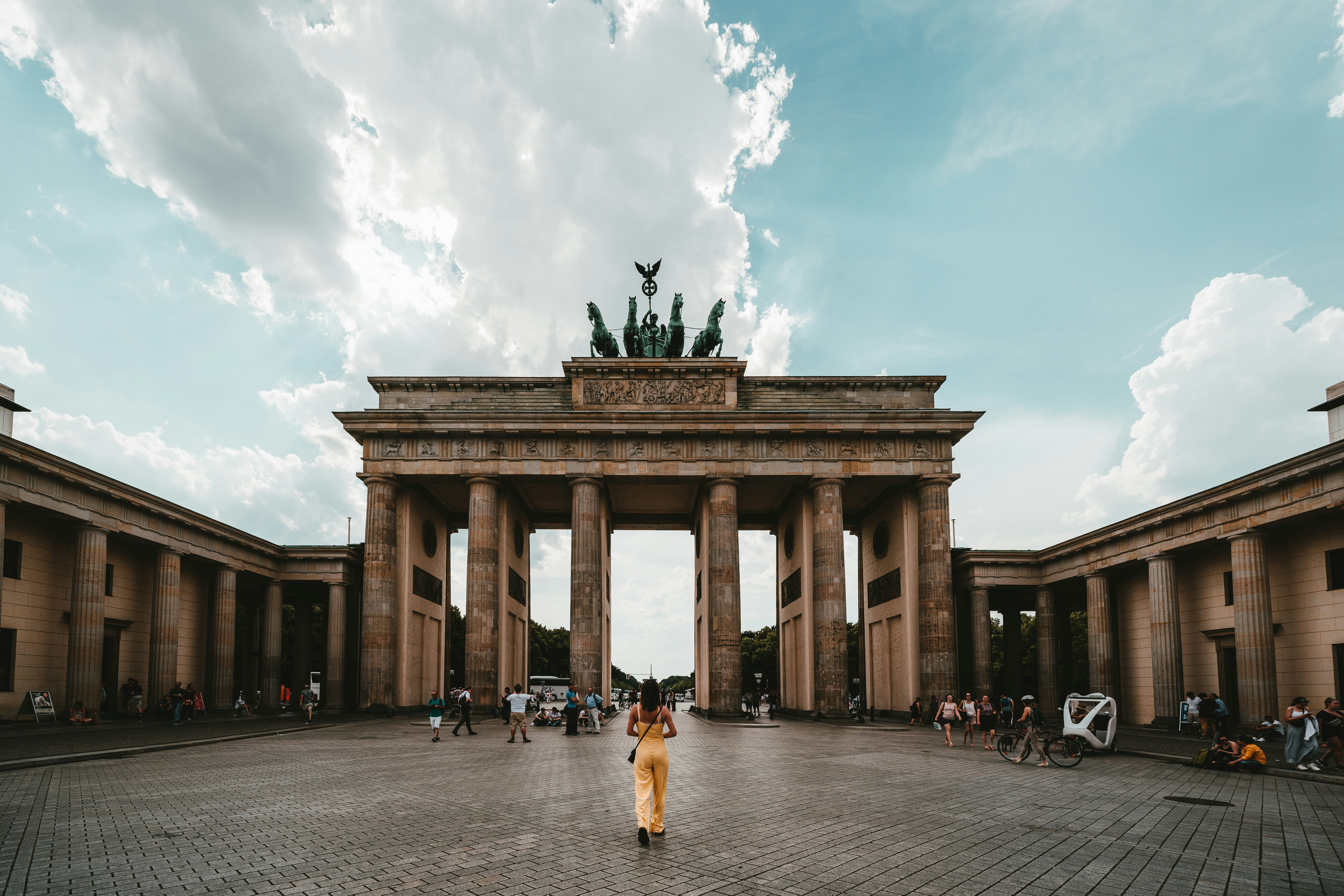
About Berlin
Berlin, the capital city of Germany, is one of the most significant cities in Europe. Situated on the banks of the River Spree, it has a rich history dating back to the Middle Ages. Berlin is a cosmopolitan metropolis full of historical landmarks, modern architecture, and vibrant cultural life.
Berlin is also known for its rich array of museums, galleries, and theaters. Major tourist attractions include the Brandenburg Gate, Museum Island, Berlin Cathedral, and the Berlin Wall, which was once a symbol of the city’s division and is now a symbol of unity.
The city is also an important economic and commercial center, with many international companies and institutions based here. Berlin also boasts excellent transportation infrastructure, ensuring easy accessibility and convenient travel around the city.
Recommendations for day trips
City sightseeing tours and walking tours can be a great way to see a lot of things in a short amount of time. The information travel guides provide can really make exploring a city more enjoyable.
Things to do in Berlin:
-
- Find traces of Germany’s divided past at the Berlin Wall memorial, or go on a guided tour around Third Reich sites like the Reichstag Building and Brandenburg Gate.
City Tours:
Top Attractions in Berlin:
-
- Reichstag Building
Situated just north of the Brandenburg Gate, this building houses the German Parliament and was the seat of the Weimar Republic government until it was seized by the Nazis in 1933. - Brandenburg Gate
Located in no-man’s land between East and West Germany during the Cold War, this famous monument, built during the 18th-century reign of Friedrich Wilhelm II, has long been a defining symbol of Berlin and both the city’s division and unification. - The Holocaust Memorial – Memorial to the Murdered Jews of Europe
The Memorial to the Murdered Jews of Europe in the middle of Berlin is Germany’s central Holocaust memorial, a place of remembrance and commemoration for the up to six million Jewish victims of the Holocaust. It was officially opened on 10 May 2005. The monument consists of the Field of Stelae designed by Peter Eisenman and the underground Information Centre. Admission is free. - Topography of Terror
Since 1987 a permanent exhibition at the site where the headquarters of the Secret State Police, the SS and the Reich Security Main Office were located during the “Third Reich” has been providing information to the public about the most important institutions of National Socialist persecution and terror. The documentary exhibition conveys the European dimensions of the Nazi reign of terror. - East Side Gallery
This mile-long stretch of the Berlin Wall is one of the largest remaining portions of the former divide between East and West Germany. - Museum Island
Home to three famous museums – the Pergamon, the Altes and the Bode. - Friedrichstadt-Palast
More than one hundred artists on the biggest theatre stage in the world. With half a million guests every year, the Palast is the #1 theatre in Berlin.The Palast in Berlin is the first choice for those wishing to experience something utterly unique and thoroughly fascinating – perfectly including international visitors who do not speak German. - Tiergarten
This huge ush park stretches through central Berlin and provides a relaxing contrast to the bustle of the rest of the city.
- Reichstag Building
Restaurants tips (Fine Dining):
-
- Skykitchen: Landsberger Allee 106 im andel’s Hotel Berlin, 10369 Berlin Germany
- Restaurant Facil: Potsdamer Str. 3 Im The Mandala Hotel, 10785 Berlin Germany
- Restaurant Bieberbau: Durlacher Str. 15, 10715 Berlin Germany
- Lorenz Adlon Esszimmer: Unter den Linden 77 Hotel Adlon Kempinski, 10117 Berlin Germany
- Heising: Rankestraße 32, 10789 Berlin Germany
- Golden Rice: Lietzenburger Str. 2, 10789 Berlin Germany
- Dae Mon: Monbijouplatz 11, 10178 Berlin Germany
- Belmondo Restaurant: 93, 10623 Berlin Germany
- Restaurant Tim Raue: Rudi-Dutschke-Str. 26, 10969 Berlin Germany
- VOLT: Paul-Lincke-Ufer 21, 10999 Berlin Germany
- India Club, Behrenstrasse 72, 10117 Berlin Germany
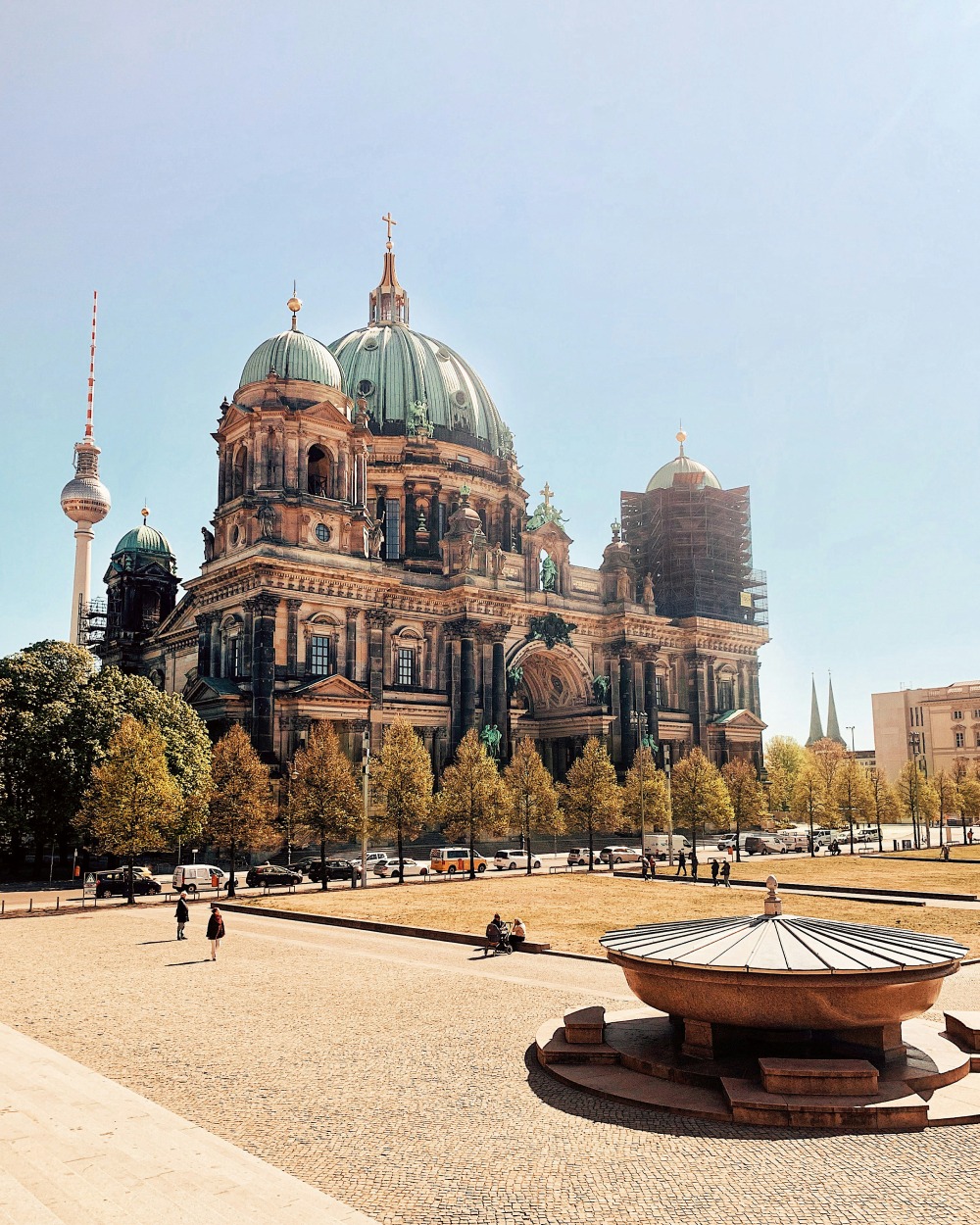
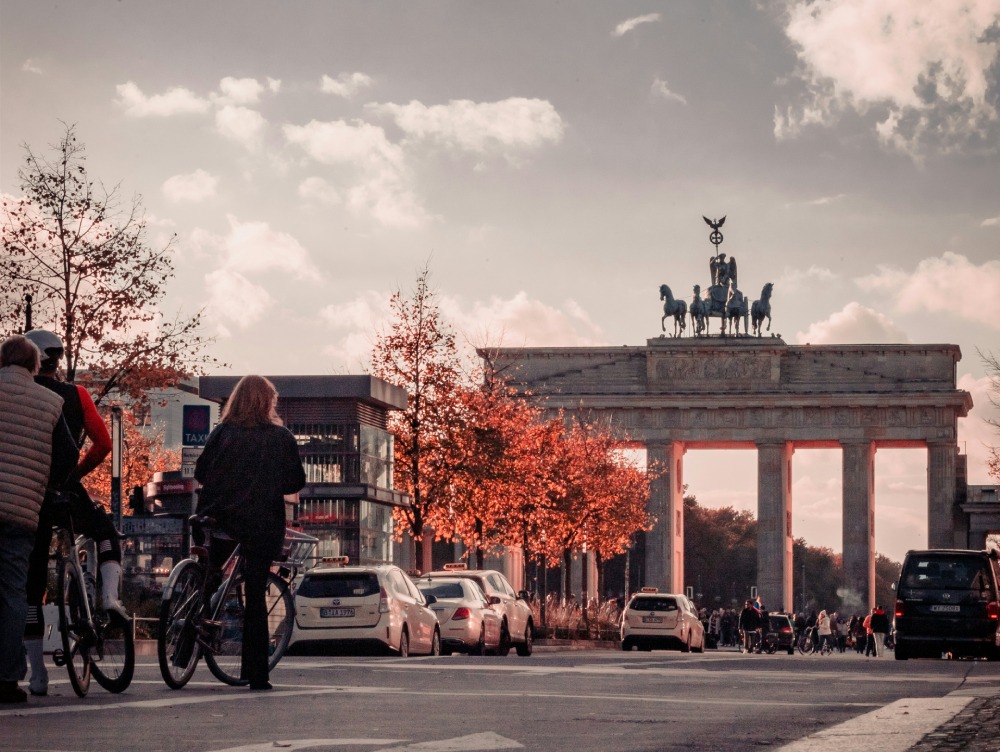

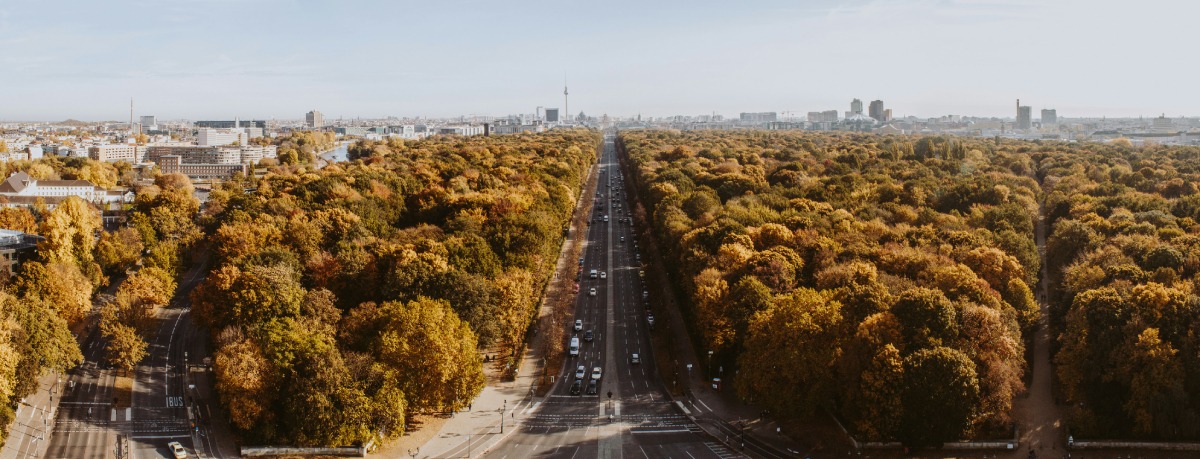
People & Culture
With an estimated total population of 83 million people, Germany is one of the most populous countries in Europe. The population of Germany is known for its diverse mix of cultures, traditions, and languages.
German culture is rich and diverse, with a focus on literature, music, architecture, science, and philosophy. German literature has a long history, with many prominent writers such as Johann Wolfgang von Goethe, Friedrich Schiller, and Thomas Mann.
Berlin is the cultural epicenter of Germany, with a vibrant artistic and musical scene. The city is home to many artists, musicians, actors, and designers who contribute to its lively and pulsating atmosphere.
